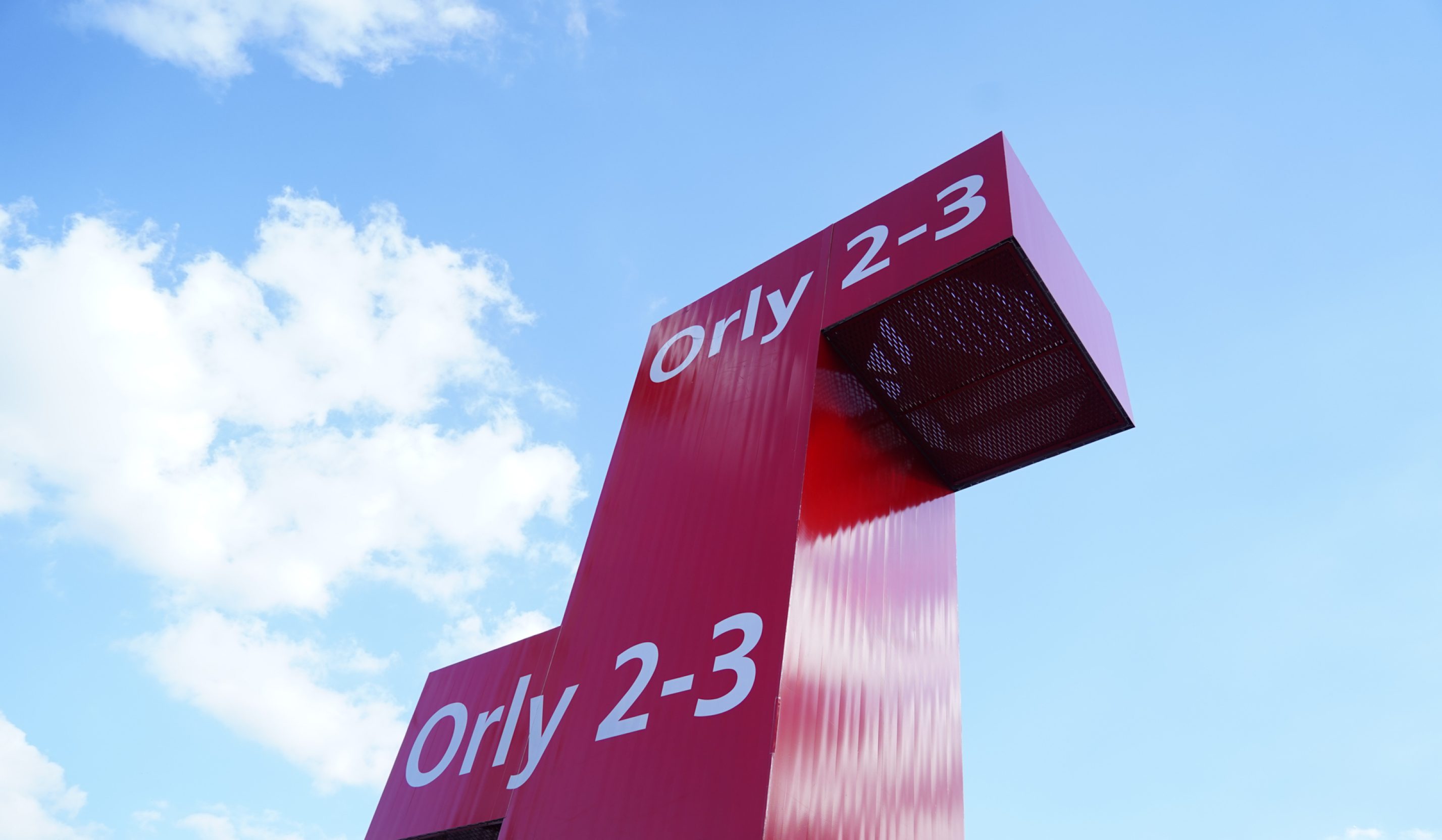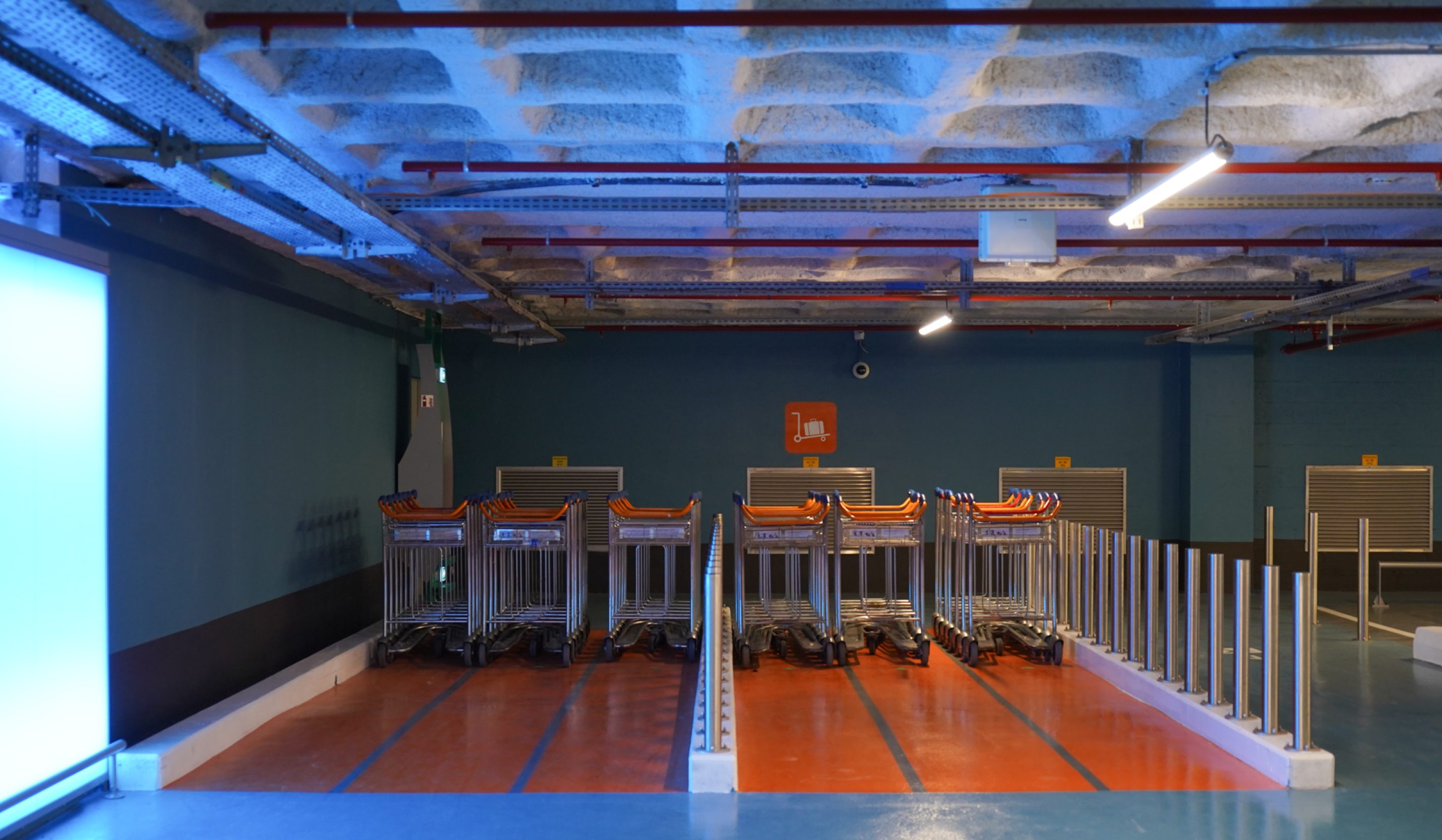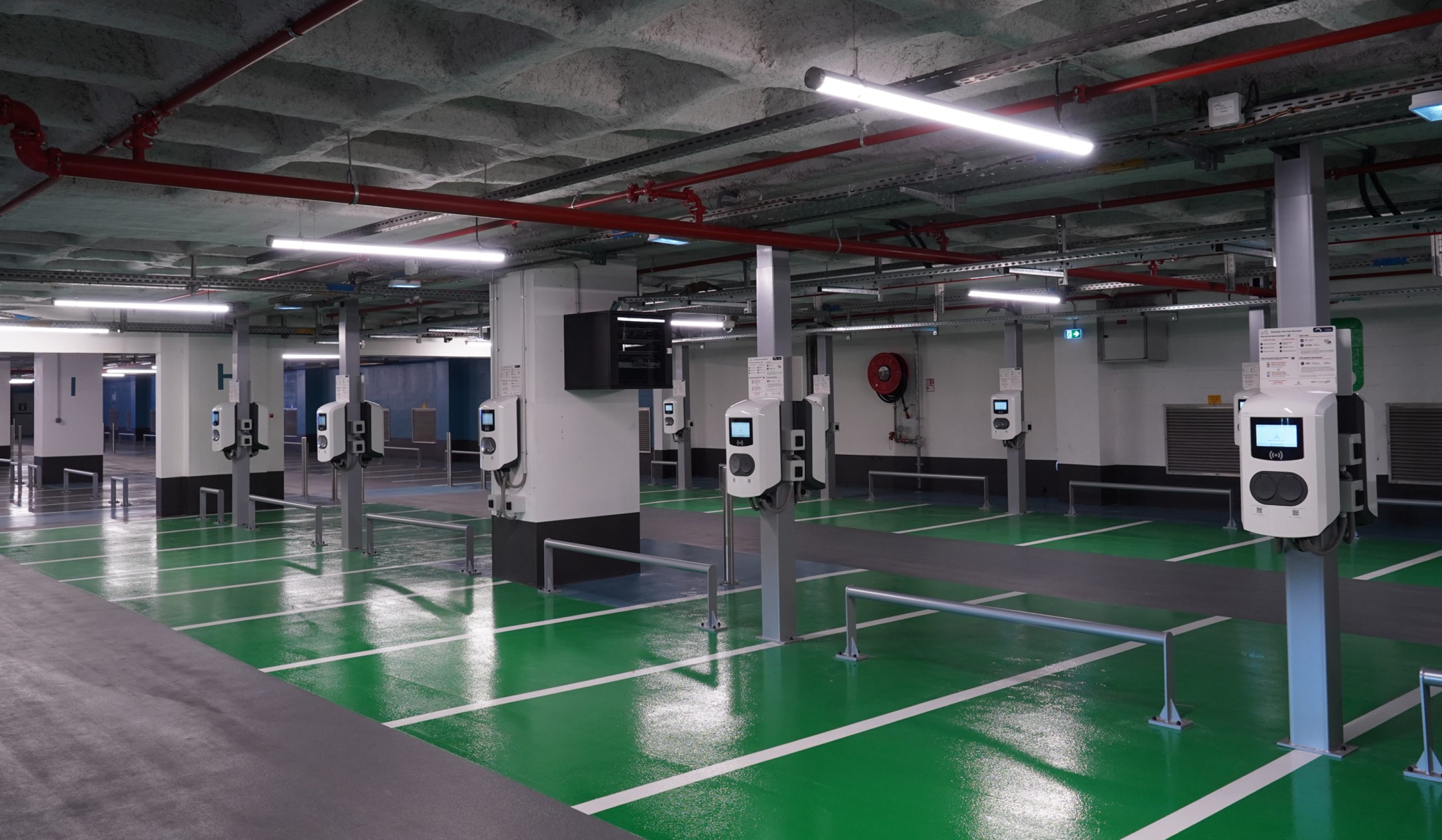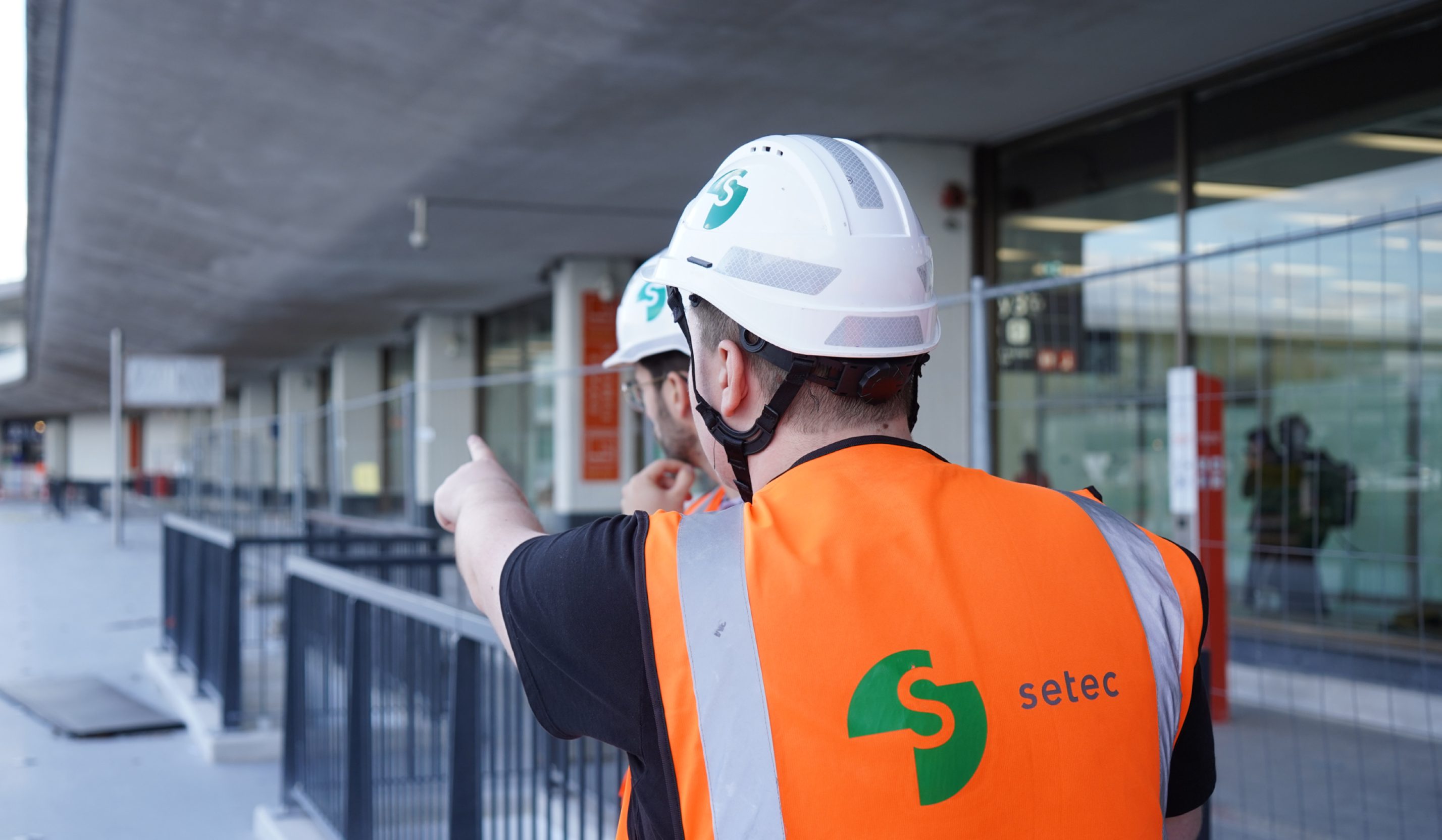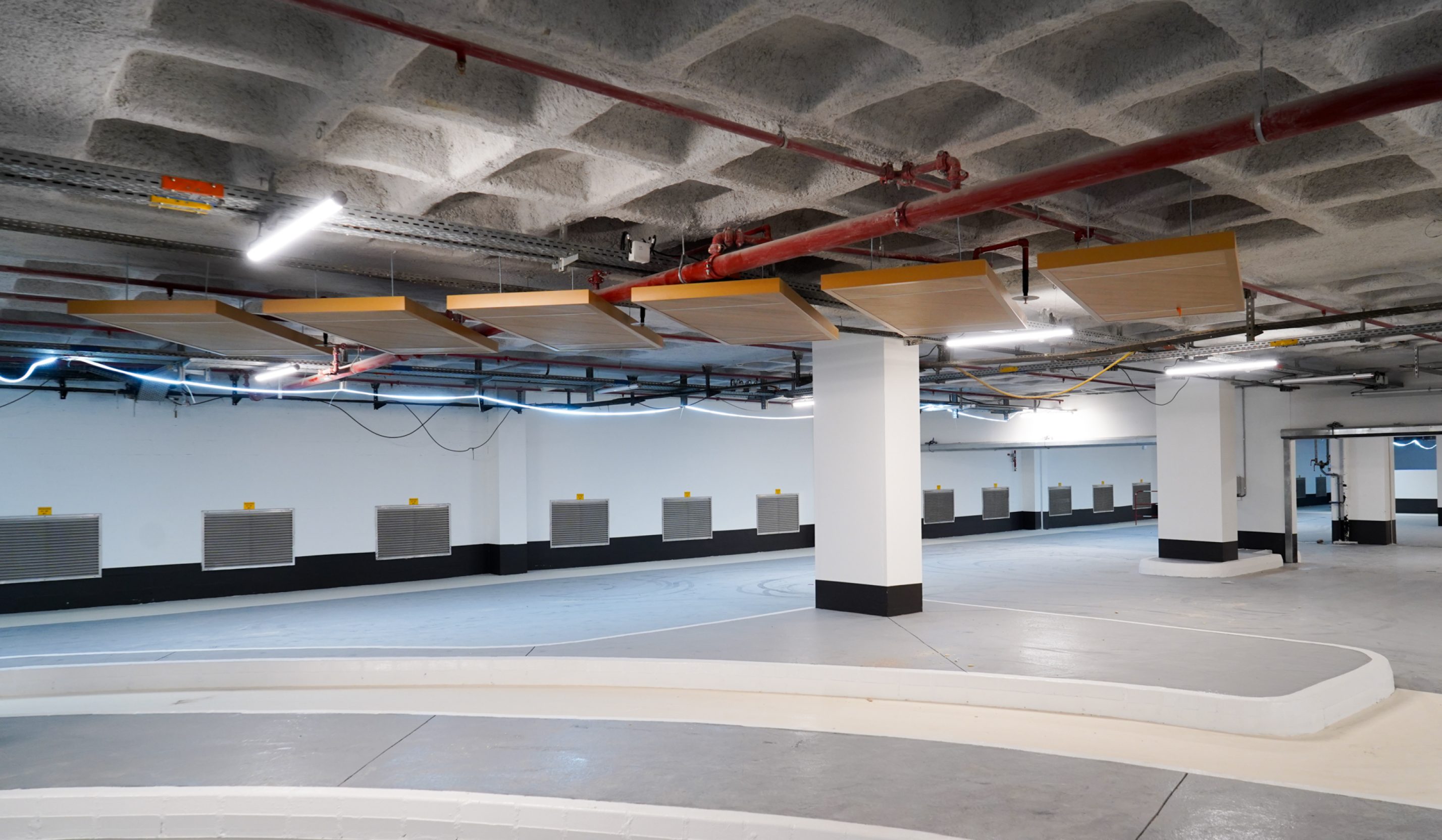en
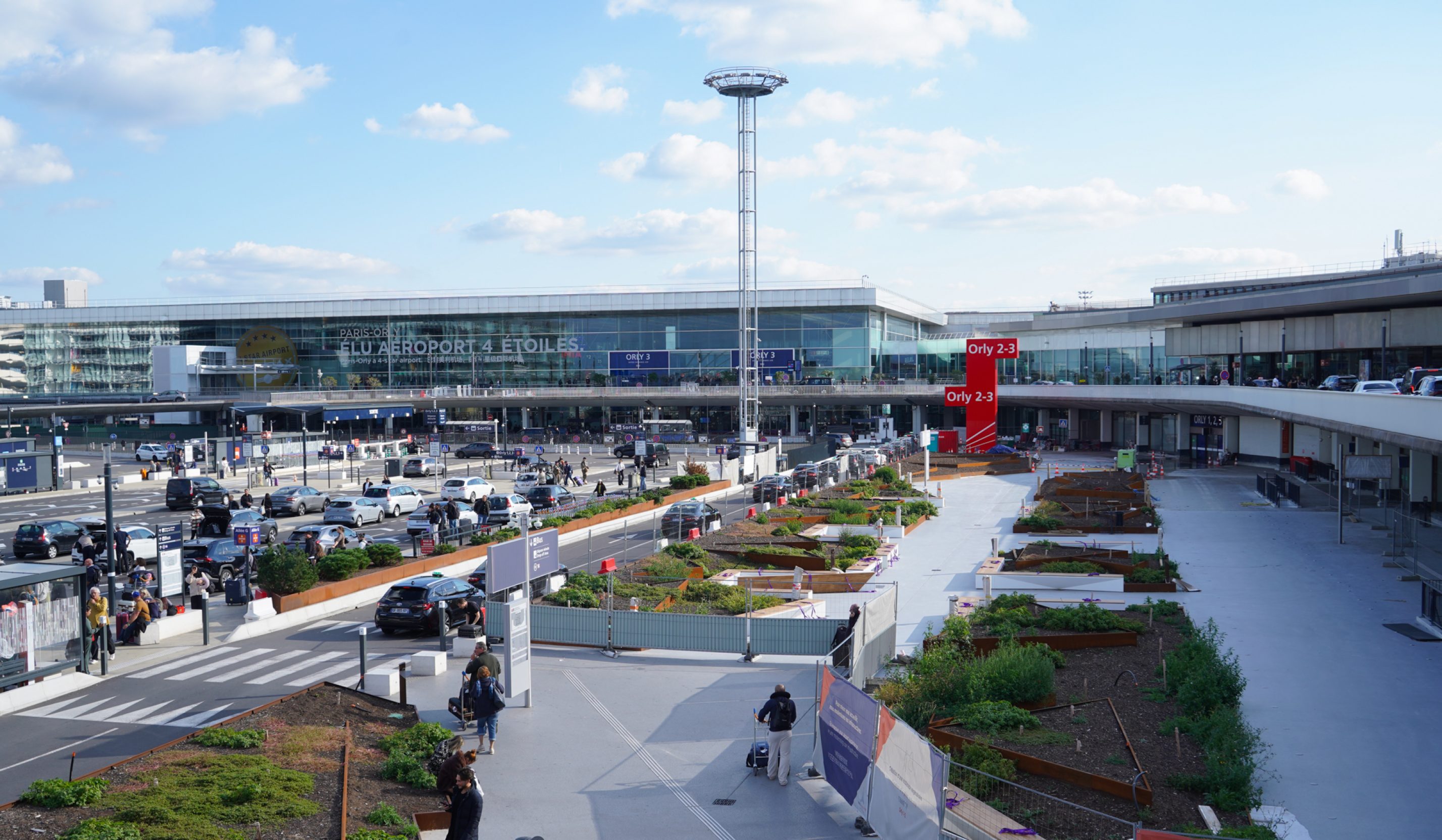
Led by Groupe ADP and supported by the setec opency teams in their OPC mission, this project is part of an ambitious modernization plan for the airport and its surroundings. Split into two distinct yet closely connected work packages, the project includes both the complete redevelopment of the Esplanade and the extensive renovation of the P2 Parking structure located beneath it.

In this complex construction setting, coordinating the surface works with those below ground is a central challenge. To understand the behind-the-scenes of this strategic operation and the precision required for such coordination, we spoke with Nathan Festeau, Deputy Project Manager in charge of OPC at setec opency. He shares his experience, his view of the profession, and what makes this assignment at Paris-Orly particularly formative and stimulating.
“Nathan, could you describe the Paris-Orly Esplanade and Parking P2 projects to give us some context?”
Nathan: “Regarding the Esplanade project, we have already delivered a bus station and a drop-off area for the 2024 Olympic Games. As a continuation, we are currently building a landscaped pedestrian forecourt in place of the former bus station. The forecourt will be located at the foot of the Orly 1 and 2 façades, and I hope it will become a space that users enjoy.
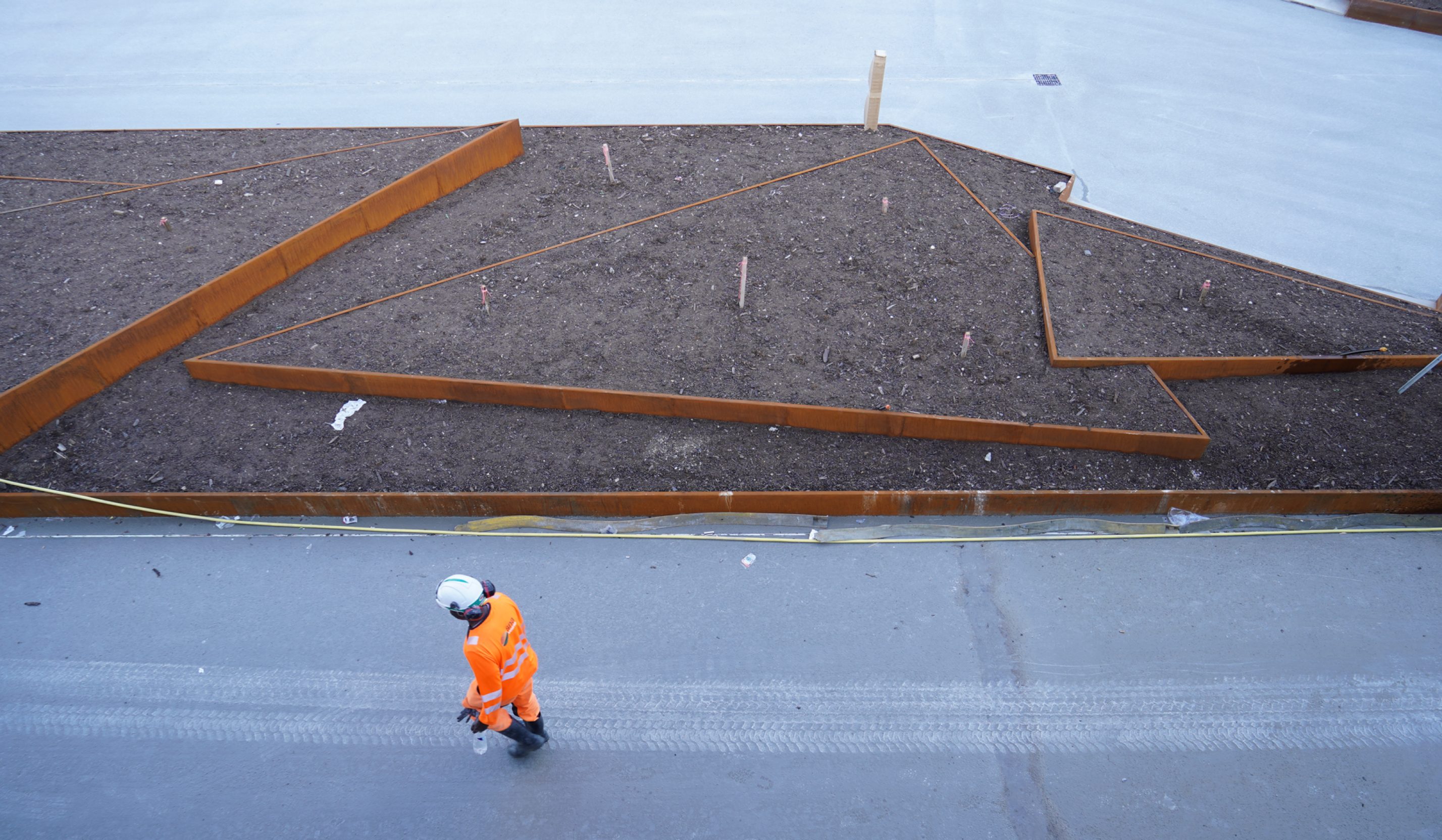
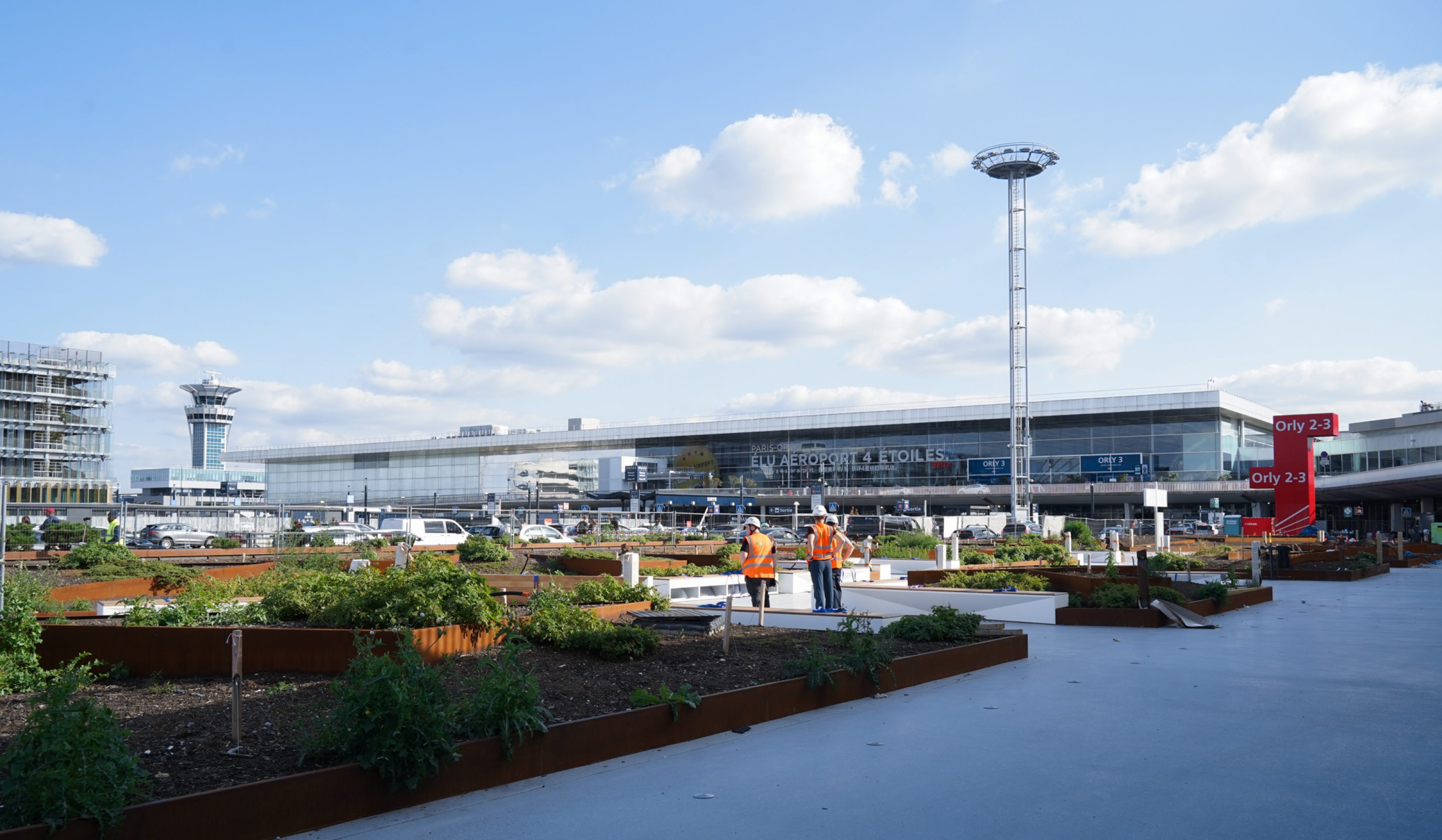
As for the Parking P2 project, it is located directly below the Esplanade works. As OPC, we play a significant role in vertical coordination. The works carried out on the Esplanade must not impact the parking works in terms of schedule or safety. This includes, for example, falling debris or water infiltration caused by the refurbishment of expansion joints and the renewal of the slab’s waterproofing. On top of that, we manage the rehabilitation and enhancement works within the parking structure. These involve both technical aspects—such as hydrodemolition for structural reinforcement, installing sprinklers, restoring the smoke-extraction system—and aesthetic aspects, including floor coatings, painting, cladding, and electrifying the parking facility with the addition of EV charging stations.”
“I understand there are major operational challenges. Can you tell me more?”
Nathan: “Indeed, we manage the impacts on airport operations. On the Esplanade, this involves handling emergency exits along the façades, pedestrian flows, taxis, fire services, cash transport vehicles, and State services. In the parking structure, we must ensure that emergency exits, car rental operations, and technical rooms remain functional. Finally, we also assess risks such as noise disturbance, odors, and dust emissions.”
“What exactly does being OPC on this project involve?”
Nathan: “On this project, as Deputy Project Manager, I have two main responsibilities. The first is coordination between the contracts—that is, between the Esplanade works and the Parking works. We are the only ones with visibility over both scopes, so this mission is essential. For example, milling asphalt or cleaning out expansion joints inevitably creates interfaces that require our presence. It’s my job to minimize these impacts as much as possible. To manage these interfaces, certain areas will be temporarily closed off with appropriate methodology and signage. The contractors involved are informed to ensure good coordination and, when needed, we work together to determine the most relevant solutions.
The second mission is to monitor the progress of the works for each project individually. This involves focusing on each contract through the tracking of studies and scheduling. In summary, we handle cross-project OPC coordination while also overseeing progress on each project separately. On site, this is reflected through coordination meetings with all relevant stakeholders, as well as participation in the site meetings for each project. These are two different missions, but very closely linked.”

“What do you find particularly interesting about the Paris-Orly Esplanade and Parking P2 project, and about your responsibilities?”
Nathan: “These are human-scale projects that allow me to develop skills and dive into the technical and administrative details. Beyond that, OPC brings real added value through its role in coordinating operational interfaces. I also find it interesting to manage emergencies based on the operator’s needs, as well as the relational aspect of the job through ongoing interactions on both projects. If you’re curious and enjoy being on site, it’s definitely a profession that ticks all the boxes. Finally, I appreciate the trust and attentiveness shown by the client. I feel that my work is both valued and rewarding.”
Photo credits ©setecopency
